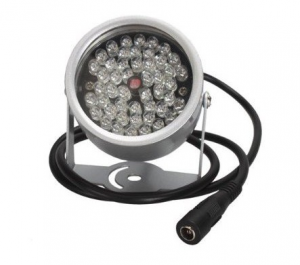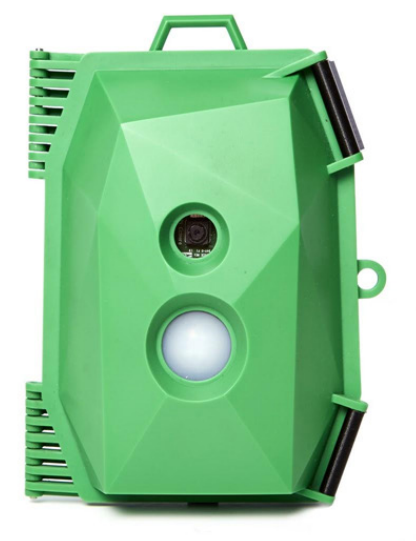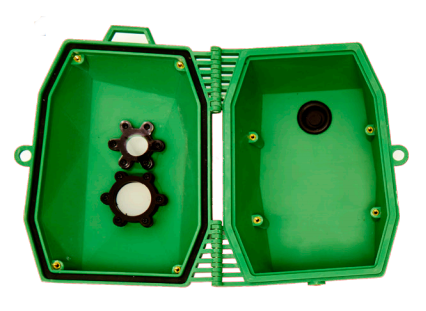In my previous posts in this series (I-III), I added night vision capabilities to the very cool NatureBytes wildlife camera kit. As in all maker projects – improvements had to be made.
Once I placed the night-vision capable camera in the field for testing, I discovered the LISIPAROI IR light board cannot be used in the wild. The device is just not powerful enough. If is fine for close-up work, but outside? Forget it.
It was time to turn disappointment into action. Plus, if it worked out of the box – what fun is that? Time to get serious. As I searched the web, I discovered weatherproof 12V IR lamps are cheap. These are designed to be used with CCTV cameras, most of which are 12 or 24 VDC powered. I purchased a pair for around $16 USD. The one I chose is made by a company called Phenas.



